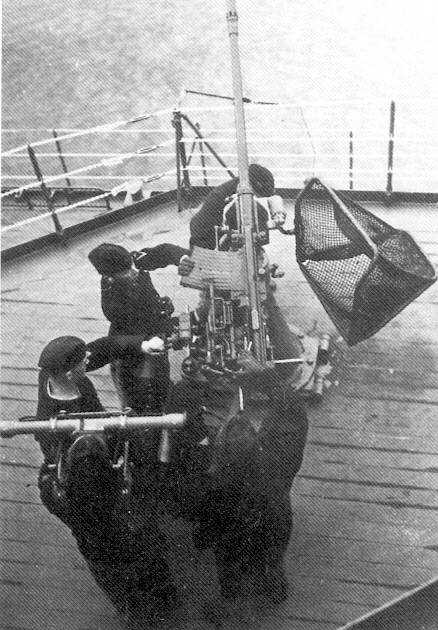
KM T-01 (DDE-1928)
Back to Germanic States Navy page:
Built to the standard 1000 ton limit these ships were classed as Torpedo Boats by the Germans and were of that type where the torpedo armament certainly outstripped the gun armament. The design was not liked in service because of the lack of guns compared to the foreign ships of the same time period. But that was what could be done with the tonnage and the parameters given for the design. Despite the lack of acceptance by their own navy the design had a very good overseas market with Argentina and other minor powers buying the export version. After the first few squadrons had been completed, the same hull was used to build a 3 gun version with only one set of torpedoes. The torpedo disadvantage was offset somewhat by having one quadruple set in place of the triples of the earlier units. Both types were built until 20 of each had been produced, approximately 4-6 per year.

Based on the S152 design of 1918, the T-01 class started the 'Torpedoboot'
numbering system again. The design was finalised in 1925 with the first units
commissioning into the Fleet in 1928. The redesign to the three gun version was
undertaken in 1930 and the first units started completing in 1932.

The T-25 sub class was quite an advance over the original T-01 design. The
2x4.1" were replaced with 3x5" (originally low angle, then replaced with 5" DP
guns from 1938). The three guns were given a director control unit which
replaced the forward searchlight which was replaced by having two placed either
side of the funnel. Also from 1938 the change from the twin 37 manual mounts
began being replaced with twin 37mm Bofors mountings, this refit was not
completed till 1941 on these ships due to higher priorities for the mountings.
There was not a lot that could be done to these ships (either type) as they had
been built up to and beyond the limit of the displacement they had to work with.
To add new equipment meant something else had to be removed. In most cases this
was a bank of torpedoes.
.png)
Losses to both types were heavy. Largely used as convoy escorts along the coasts
of Europe, they would fight with the light forces around the English Channel and
North Sea. The Norway Invasion cost six of the class alone. But the heaviest
losses were late war when the Allied forces were dominant. The Russian ships and
aircraft in the Baltic slowly got on top of the German forces and losses were
heavy as the Russian Army advanced on the Germanic States.

| Displacement | 1,100 tons standard, 1,450 tons full load | ||
| Length | 286 ft | ||
| Breadth | 32 ft | ||
| Draught | 13 ft | ||
| Machinery | 2 shaft Steam Turbines 32,000shp | ||
| Speed | 35 knots | ||
| Range | 3400 miles at 15 knots | ||
| Armament | 2 x 4.1" (2x1) 2 x 37mm (1x2) |
3 x 5" LA (3x1) 2 x 37mm (1x2) 2 x 20mm (2x1 |
3 x 5" DP (3x1) 2 x 37mm Bofors (1x2) 4 x 20mm |
| Mines | 30 when fitted | removed | removed |
| Torpedoes | 6 x 21" (2x3) | 4 x 21" (1x4) | 4 x 21" (1x4) |
| Complement | 110 | 114 | 122 |
| Notes | KM T-01 (1928) | KM T-25 (1932) | KM T-25 (1942) |
Original drawing of the T-01 class, big difference with much better parts
available in last year or so.